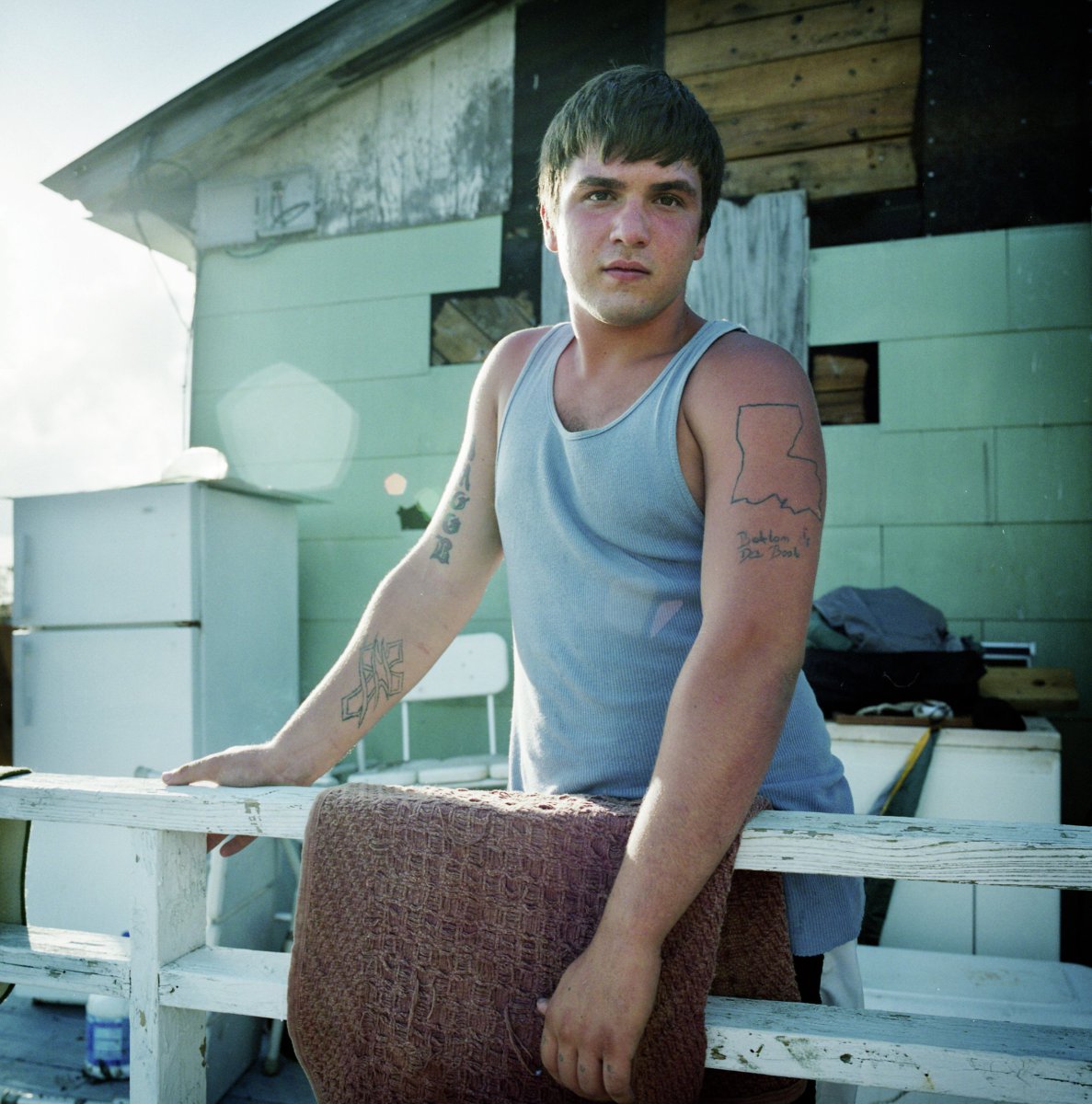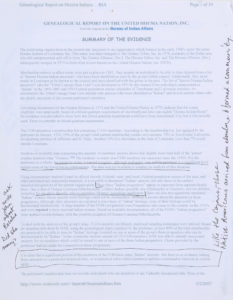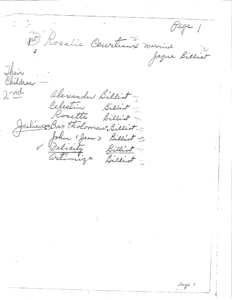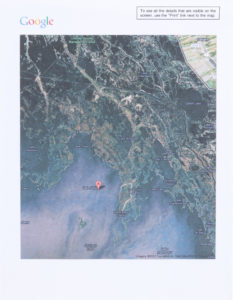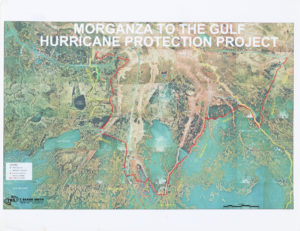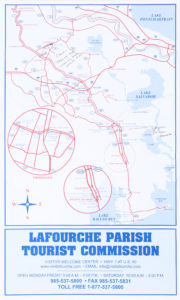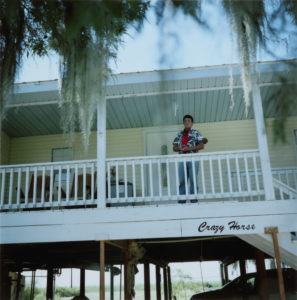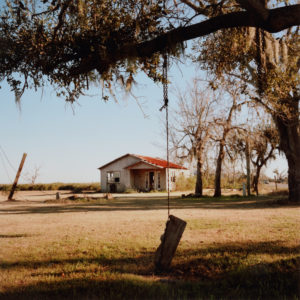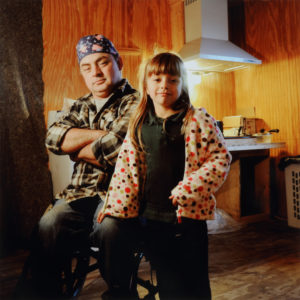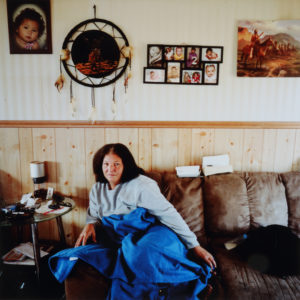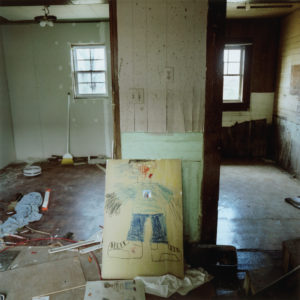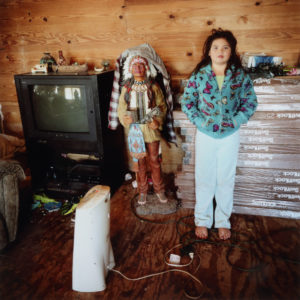Kael Alford
American, born 1971; lives in Dallas, Texas
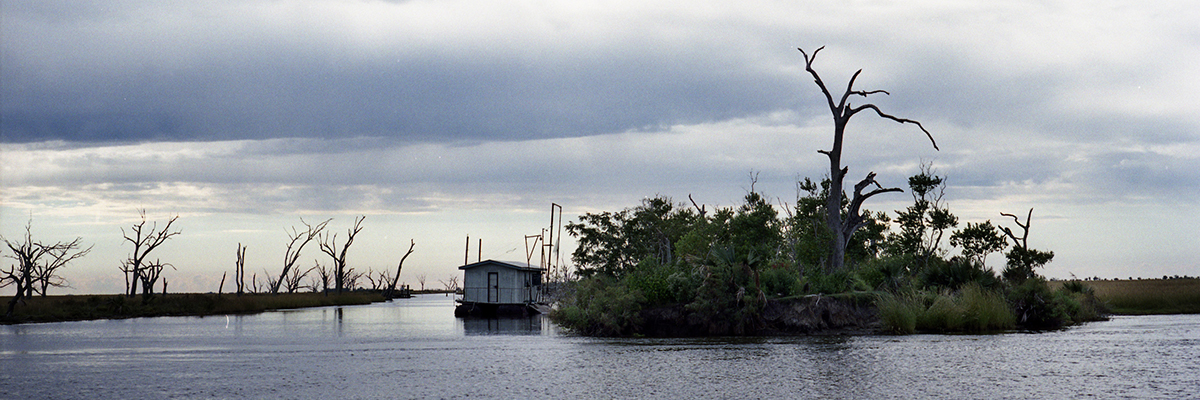
Kael Alford (American, born 1971), View from the Pointe-aux-Chenes Marina, Pointe-aux-Chenes, Louisiana (detail), 2011, pigmented inkjet print, 14 × 14 inches, commissioned with funds from Paul Hagedorn, Phyllis and Sidney Rodbell, and the H. B. and Doris Massey Charitable Trust, 2012.26.9. © Kael Alford.
Bottom of Da Boot
Kael Alford cut her teeth as combat photojournalist covering the conflicts in the Balkans in the 1990s and the American invasion of Iraq in the early 2000s. Her coverage stood out for its unusually intimate portrayal of the profound impacts of war on the daily lives of ordinary people caught in the fray. In 2005, a Dutch magazine sent Alford to Louisiana to photograph the aftermath of Hurricane Katrina. While there, she visited the coastal marshlands where her maternal grandmother had been born and which is still home to the Native American communities from which she descends. She had just begun to make inroads on the project when the High commissioned her in 2007 to pursue it further.
Alford spent the next four years concentrating on Isle de Jean Charles and Pointe-aux-Chenes, two native enclaves in Terrebonne Parish that face a rapidly encroaching ocean due to coastal erosion caused by oil drilling and efforts to control the flow of the Mississippi River upstream. Drawn to these Francophone communities by their deep connection to the land and her own lineage, she evocatively recorded the landscape and its marginalized inhabitants who tenaciously persevere in their way of life on ancestral ground despite the unceasing precarity.
After years of photographing in situations marked by drama and action, Alford had to train herself to slow down and capture a narrative that, as she explained, “unravels at a geological pace.” She began working with a medium-format camera and cultivated a deliberate and contemplative form of portraiture—distinct from her kinetic reportage approach—to more critically engage with the subtle but no less pressing stakes of this story. In so doing, she extrapolated the dire significance of racism and climate change for the country as a whole. “What is being lost on the coast of Louisiana is more than a neighborhood, or a storm buffer,” she affirmed. “It’s a piece of our collective memory and a unique piece of heritage that defines us as a nation.”
The High first exhibited Bottom of Da Boot in 2012 alongside Shane Lavalette and Martin Parr. Alford published the work as a monograph with Fall Line Press that same year.
“It’s a piece of our collective memory and a unique piece of heritage that defines us as a nation.”
-
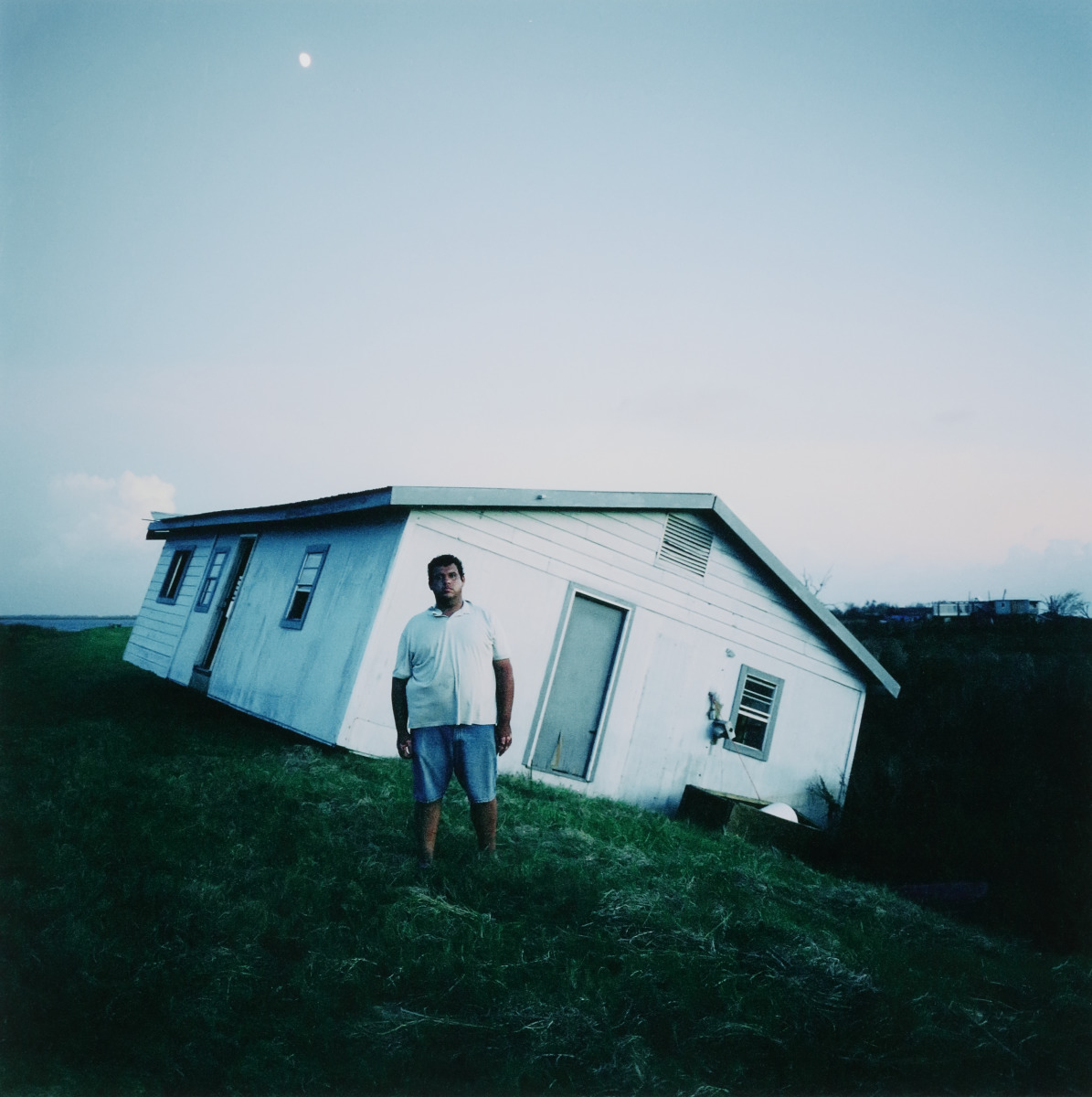
Walter Dardar Jr. with his Father’s House after Hurricanes Gustav and Ike, Isle de Jean Charles, Louisiana
Kael Alford, American, born 1971
2008
Pigmented inkjet print
Image/Plate: 20 x 20 inches
Gift of the artist
2012.169 -
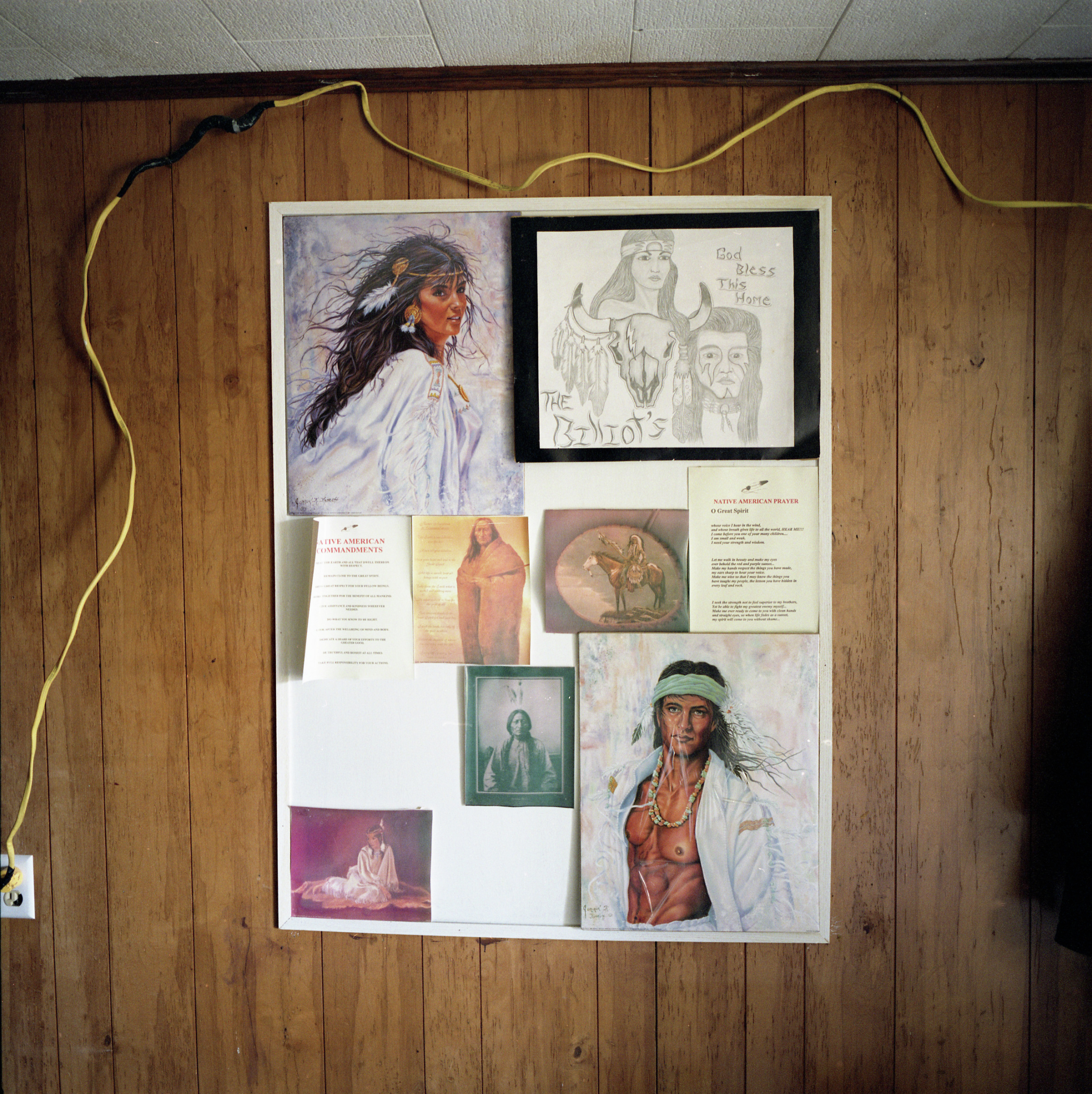
Wall inside Jake Billiot’s Front Door, Pointe-aux-Chenes, Louisiana
Kael Alford, American, born 1971
2010
Pigmented inkjet print
Image/Sight: 14 x 14 inches
Commissioned with funds from Paul Hagedorn, Phyllis and Sidney Rodbell, and the H. B. and Doris Massey Charitable Trust
2012.26.6 -
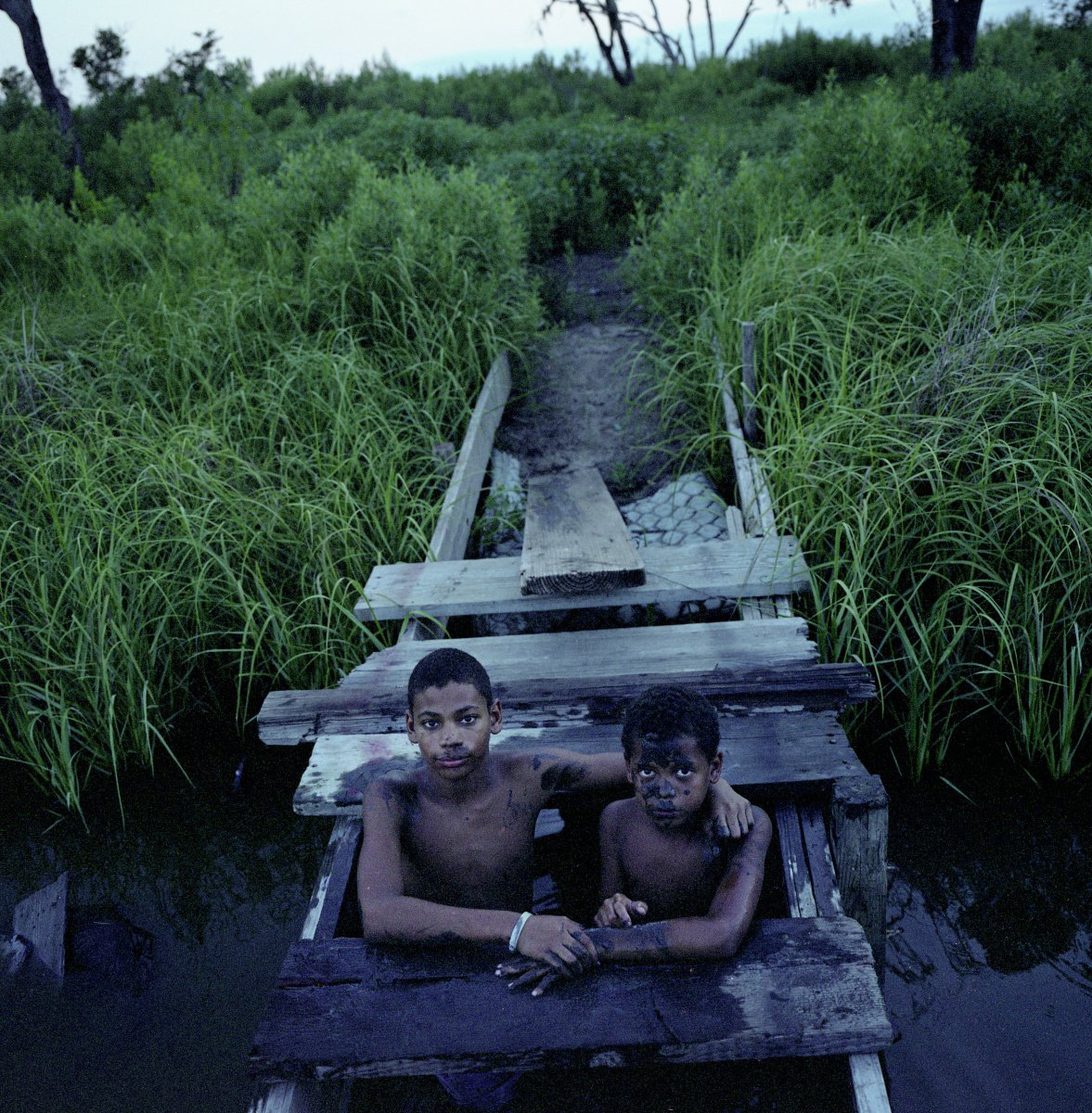
Joseph and Jasmon Jackson Play in the Bayou, Isle de Jean Charles, Louisiana
Kael Alford, American, born 1971
2010
Pigmented inkjet print
20 x 20 inches Framed/Mounted: 25 x 21 x 1 1/4 inches
Commissioned with funds from Paul Hagedorn, Phyllis and Sidney Rodbell, and the H. B. and Doris Massey Charitable Trust
2012.26.12
